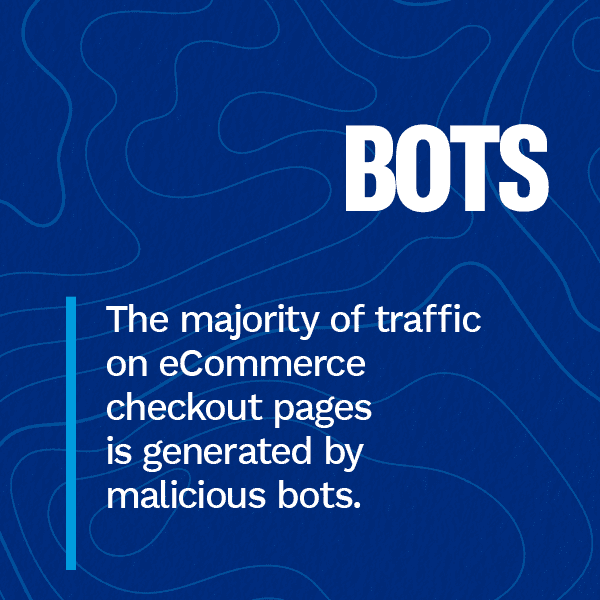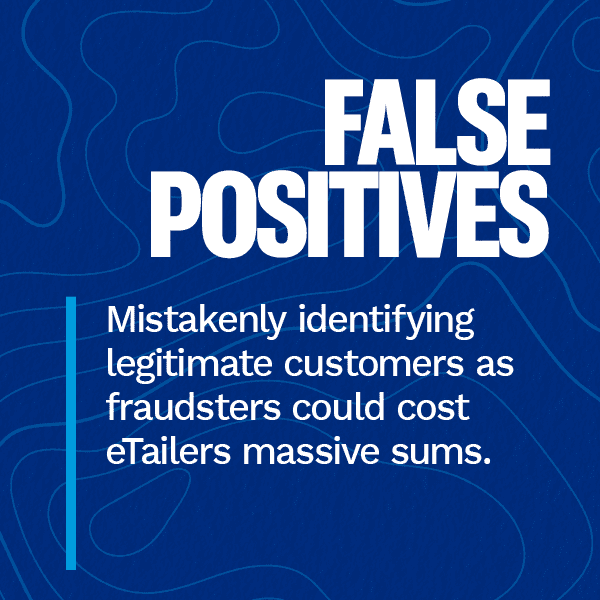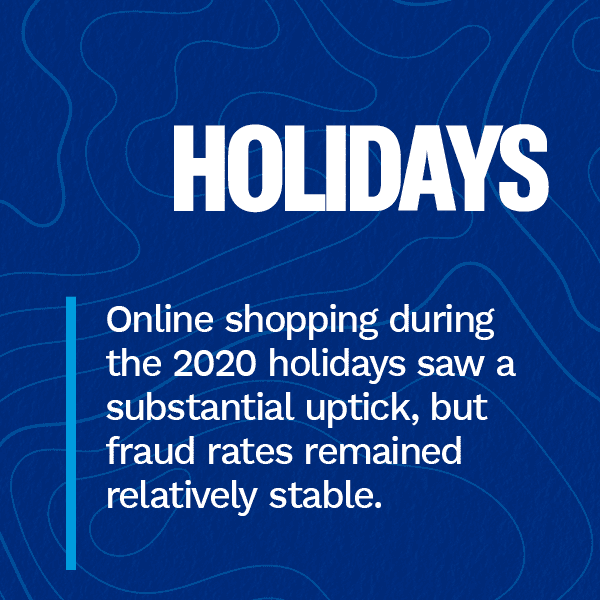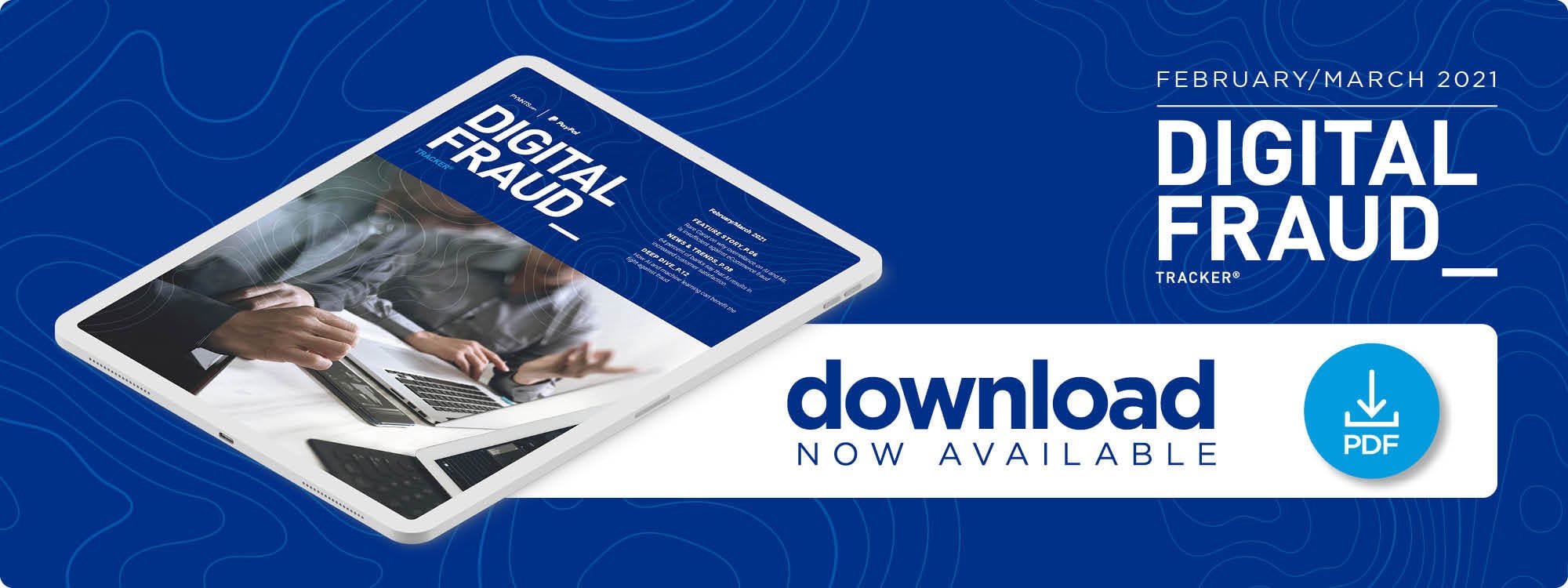Rare Carat Uses AI to Polish Off Credit Card Fraud

eCommerce has witnessed a surge in popularity during the pandemic as shoppers purchase goods from the safety of their homes instead of setting foot in brick-and-mortar stores. United States merchants made more than $604 billion in online sales in 2020, for example, and this trend is expected to continue well after the pandemic ends.
These record eCommerce numbers have unfortunately resulted in record-high levels of digital fraud targeting online marketplaces. Not only did the total number of fraud attempts rise more than 24% year over  year in 2020, but the total cost of fraud also increased by just over 7%.
year in 2020, but the total cost of fraud also increased by just over 7%.
In the March edition of the “Digital Fraud Tracker®,” PYMNTS explores the latest in the world of fraud prevention, including how fraudsters are exploiting the eCommerce boom, how eTailers are deploying new technologies like artificial intelligence (AI) to stop them and how fraud is likely to affect the eCommerce space in the future.
Developments From The Digital Fraud Space
AI-powered tools can be effective at fraud-fighting, but many bad actors are deploying smart tools in their own schemes. One particularly common scheme involves the use of AI-powered bot networks, which a study found could account for almost three-quarters of traffic on eCommerce checkout pages. These bots interact with the pages for only an instant, attempt to make fraudulent purchases, and then disappear, making them annoyingly difficult to detect compared to other scams.
Bad actors are also leveraging mobile devices in their schemes, with one particular manufacturer being a favorite among them. Windows phones might represent only 11% of total mobile users worldwide, but they are used by more than half of fraudulent mobile users. Fraud is typically more popular on less commonly used devices like Windows, BlackBerry and Linux phones due to their less-frequent security updates, giving fraudsters more time to execute their scams before a software patch fixes the vulnerability.
One of the challenges to tackling digital fraud is that the  existing data tracking fraudsters’ misdeeds makes it difficult to determine just how pervasive it is. More than 4 million instances of fraud are thought to have occurred in the United Kingdom between September 2019 and September 2020, for example, but just 730,765 instances — or roughly 17% of the expected total — were reported to authorities. Fraud prevention experts are thus urging more victims to come forward and provide data for examination, but they acknowledge that the potential for victim-blaming could discourage more widespread reporting.
existing data tracking fraudsters’ misdeeds makes it difficult to determine just how pervasive it is. More than 4 million instances of fraud are thought to have occurred in the United Kingdom between September 2019 and September 2020, for example, but just 730,765 instances — or roughly 17% of the expected total — were reported to authorities. Fraud prevention experts are thus urging more victims to come forward and provide data for examination, but they acknowledge that the potential for victim-blaming could discourage more widespread reporting.
For more on these and other digital fraud news items, download this month’s Tracker.
Diamond eTailer Rare Carat On Pairing AI And Human Analysis To Fight Credit Card Fraud
AI and machine learning (ML) are key tools in the fight against eCommerce fraud, as they can detect minute inconsistencies and details that could evade even the sharpest human analysts. Deploying these systems without additional measures in place could allow fraudsters to exploit their shortcomings, however.
In this month’s Feature Story, PYMNTS talked with Apeksha Kothari, chief operating officer of diamond engagement ring eTailer Rare Carat, about how human analyst teams must be deployed in tandem with AI systems to counter the ever-present threat of credit card fraud.
 Deep Dive: How Fraudsters Are Exploiting eCommerce’s Record Popularity
Deep Dive: How Fraudsters Are Exploiting eCommerce’s Record Popularity
eCommerce has been steadily growing more popular for dozens of years, but the ongoing pandemic has made it surge to new heights as consumers look to shop from the safety of their own homes. This increased traffic has led to a fraud renaissance, however, with each online merchant seeing an average of 344 fraud attempts per month last year — up more than 24% since 2019.
This month’s Deep Dive explores how fraudsters are exploiting eCommerce’s popularity for their own gain and the challenges that online storefronts face in trying to quash it.
About The Tracker
The PYMNTS “Digital Fraud Tracker®,” done in collaboration with and supported by PayPal, is your go-to monthly resource for updates on trends and changes in digital fraud prevention.
